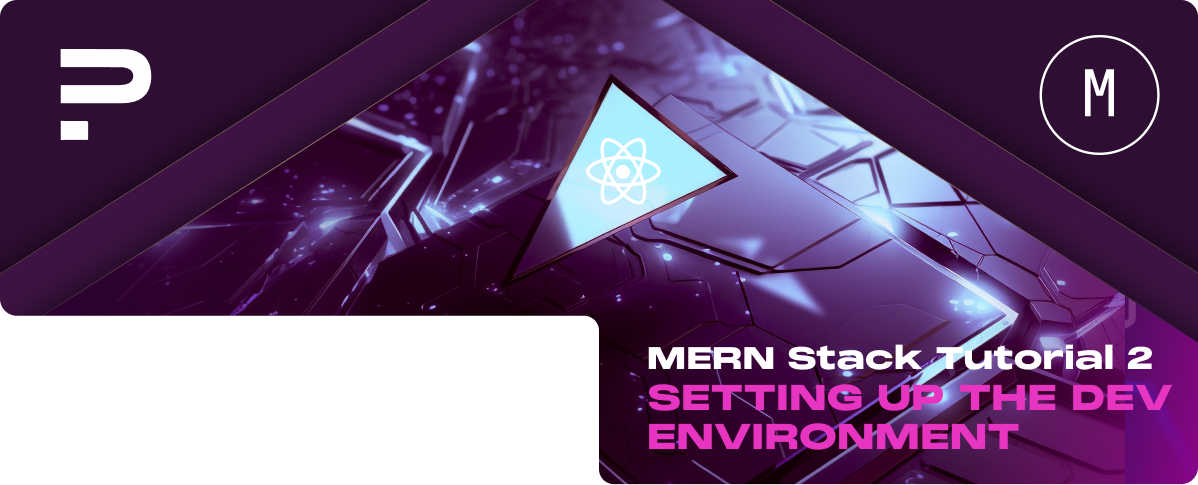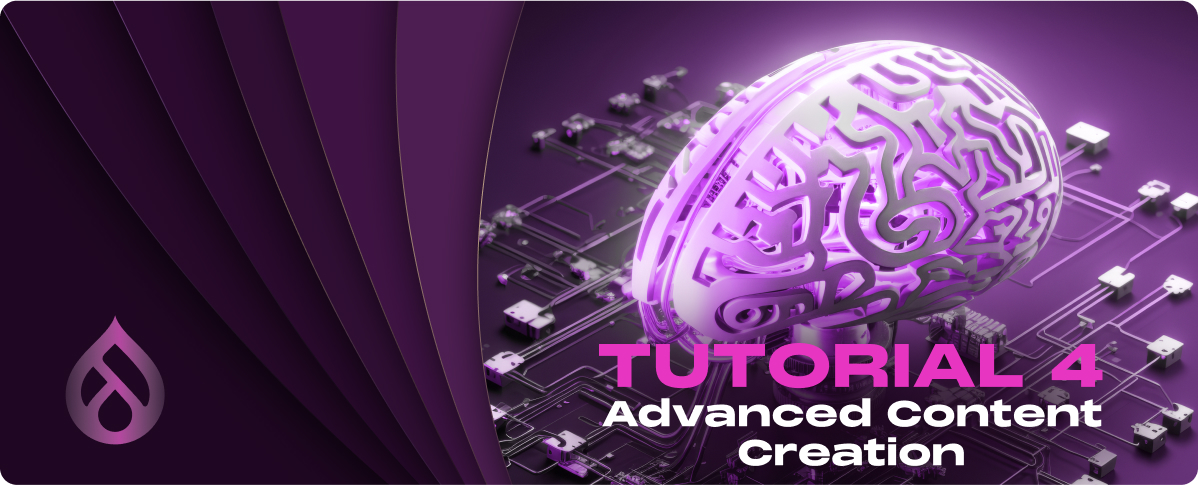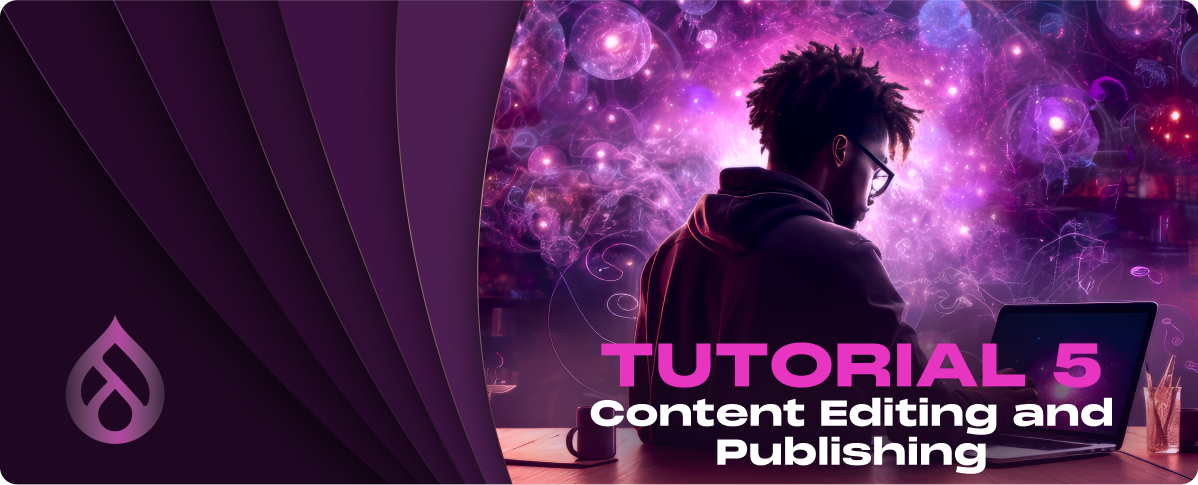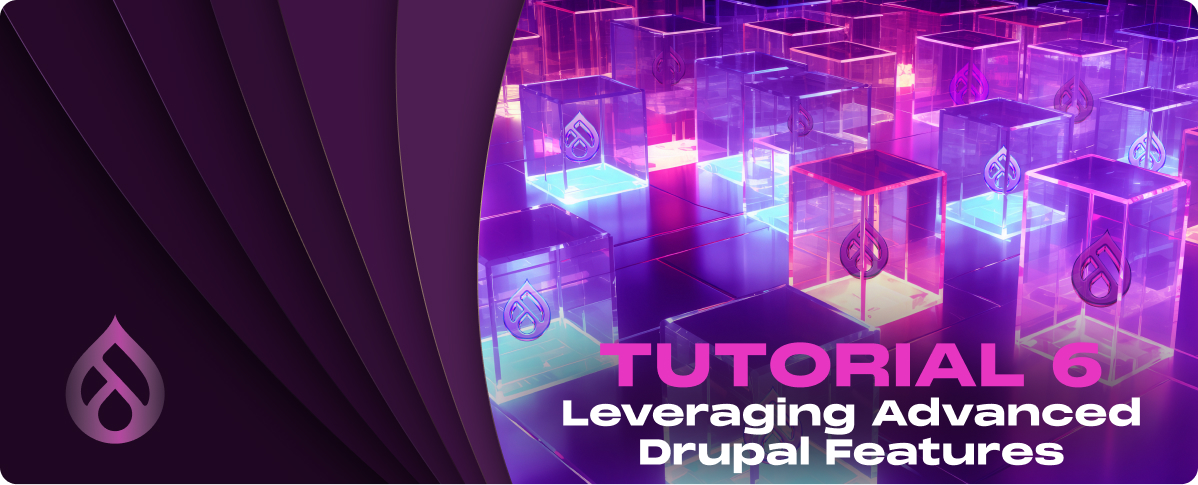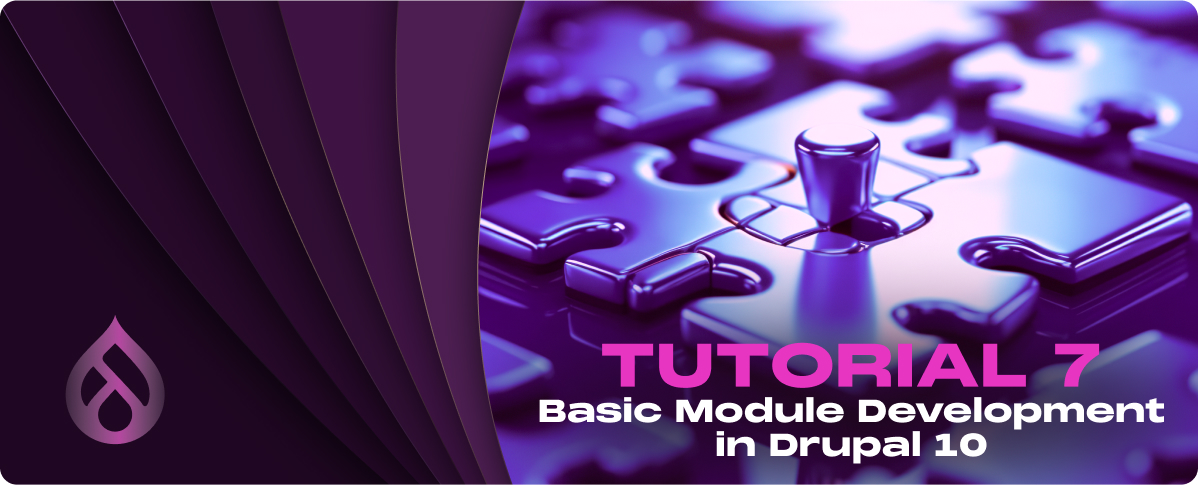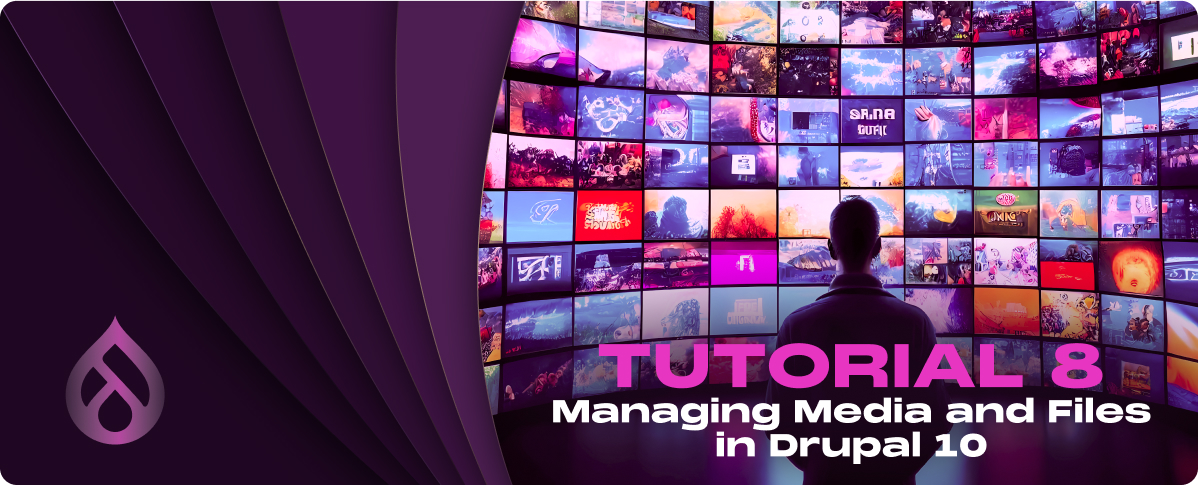Development Environment for MERN Stack
A properly configured development environment establishes the foundation for successful project development. It facilitates a smoother workflow and ensures that developers can focus on writing code rather than dealing with configuration issues.
Key benefits include:
- Consistency across Development Teams: Ensures all team members work similarly, reducing discrepancies and compatibility issues.
- Efficient Debugging: A standardized environment simplifies the process of identifying and resolving bugs.
- Streamlined Collaboration: Facilitates easier sharing of code and resources within teams and with the broader development community.
Overview of the Tools and Software to Install
For MERN stack development, the setup involves installing software for both the client-side and server-side work and tools for database management and version control.
Here’s what you will need:
- js and npm (Node Package Manager): The runtime environment for running JavaScript on the server side and managing project dependencies.
- MongoDB: The NoSQL database used to store application data. We’ll cover both local installations and setting up a cloud database with MongoDB Atlas.
- Visual Studio Code (VS Code): A popular, lightweight code editor by Microsoft, optimized for JavaScript development and easily extendable with plugins.
- Git: A version control system to manage code changes and collaborate with other developers.
Installing Node.js and NPM
Node.js is the backbone of the MERN stack, allowing you to run JavaScript on the server side. npm (Node Package Manager) is included with Node.js and is important for managing packages your project depends on.
Here’s how to set them up.
Downloading and Installing Node.js
Windows and macOS
Linux
Depending on your distribution, you can install Node.js and npm using a package manager. For Ubuntu and other Debian-based systems, you can use the following commands:
sudo apt update
sudo apt install nodejs
sudo apt install npm
How to Verify the Installation
After installation, you can verify that Node.js and npm are correctly installed by opening a terminal or command prompt and running:
node -v
npm -v
These commands should display the version numbers of Node.js and npm, respectively, indicating successful installation.
Introduction to NPM
npm is the world’s largest software registry, containing over 800,000 code packages. Developers use npm to share and borrow packages, and many organizations also use npm to manage private development.
Managing Packages with NPM
npm makes it easy to manage libraries and dependencies in your projects. It automatically installs, updates, and manages these packages in a project.
Basic NPM Commands
- npm init: This command initializes a new Node.js project, creating a json file containing metadata about the project, including its dependencies.
- npm install <package-name>: This command installs a package and adds it to the package.json and package-lock.json files. Adding –save will install it as a dependency, and –save-dev will install it as a development dependency.
- npm update <package-name>: This command pdates a package to its latest version according to the version range specified in the json file.
- npm uninstall <package-name>: This command removes a package from the node_modules directory and the project’s json.
These commands are fundamental for managing the packages your project will depend on. You’ll frequently use npm to add, update, or remove packages to match your project’s needs throughout the development process.
Setting Up MongoDB
Local MongoDB Installation
Installing MongoDB locally involves downloading the MongoDB Community Server and setting it up on your computer.
Windows
- Visit the MongoDB Download Center.
- Select the “Windows” tab and download the installer.
- Run the installer executable and follow the installation wizard. Choose “Complete” installation.
- During installation, make sure to select “Install MongoDB as a Service” for easier management.
- Complete the setup and remember the installation directory, as you’ll need it to start MongoDB.
macOS
- The easiest way to install MongoDB on macOS is by using Homebrew. First, open a terminal and install Homebrew by pasting the command from the Homebrew site.
/bin/bash -c “$(curl -fsSL https://raw.githubusercontent.com/Homebrew/install/HEAD/install.sh)”
- Once Homebrew is installed, run: brew tap mongodb/brew and then brew install mongodb-community.
brew tap mongodb/brew
brew install mongodb-community
- To start MongoDB, use brew services start mongodb/brew/mongodb-community.
brew services start mongodb/brew/mongodb-community
Linux
The installation steps vary depending on your Linux distribution. Generally, you can use your package manager to install MongoDB. For Ubuntu, use:
sudo apt-get update
sudo apt-get install -y mongodb
Then, start MongoDB with:
sudo systemctl start mongodb
Verifying MongoDB Installation
To verify that MongoDB has been installed successfully, open a terminal or command prompt and enter:
mongo –version
This command should display the MongoDB version, indicating that it is correctly installed.
MongoDB Atlas Setup
For those who prefer not to install MongoDB locally, MongoDB Atlas offers a cloud-based solution that is easy to set up and scale.
Creating a Cloud Database with MongoDB Atlas
- Go to MongoDB Atlas and sign up or log in.
- Once logged in, create a new project, and within that project, click “Build a Database.”
- Choose a provider and region that best fits your needs. For beginners, the free tier (M0) is a good start.
- Configure your cluster, and then click “Create Cluster.”
- While the cluster is being created, navigate to the “Database Access” section under “Security” and add a new database user with read and write privileges.
- In the “Network Access” section, add an IP address to allow connections from your development environment to MongoDB Atlas.
Connecting Your Application to MongoDB Atlas
- Once your cluster is ready, click “Connect” and choose “Connect your application.”
- Select the appropriate driver and version (for a MERN stack project, this will typically be Node.js).
- Copy the provided connection string.
- Replace <password> with the password of the database user you created and <dbname> with the name of your database.
- Use this connection string in your application code to connect to your MongoDB Atlas database.
Choosing and Setting Up an IDE
Introduction to Visual Studio Code (VS Code)
VS Code is a free, open-source IDE created by Microsoft. It supports various programming languages and frameworks, focusing on web development technologies. VS Code is lightweight, fast, and customizable, making it ideal for developers working on projects of any size.
Why VS Code is Recommended for MERN Stack Development
- Extensive Support for JavaScript: As the MERN stack is JavaScript-based, VS Code’s comprehensive support for JavaScript, JSX, and other web technologies makes it a perfect fit.
- Rich Marketplace of Extensions: VS Code offers a vast marketplace of extensions that can augment your development environment with additional functionalities tailored specifically for MERN stack development.
- Integrated Terminal: Having an integrated terminal within the IDE allows developers to run server-side commands, manage version control, and execute scripts without leaving the code editor.
- Debugging Tools: VS Code has powerful debugging tools, making diagnosing and fixing issues directly within the IDE easier.
- Customization and Configuration: The ability to customize and configure the workspace according to individual or project-specific needs enhances productivity and efficiency.
Installing VS Code
Windows, Linux, and macOS
- Go to the VS Code website.
- Download the version suitable for your operating system.
- Run the installer and follow the installation instructions. VS Code supports straightforward installation processes across all major platforms.
Configuring VS Code for MERN Development
Once installed, configuring VS Code for MERN stack development involves setting up the workspace and installing extensions that facilitate JavaScript development, linting, version control, and more.
Recommended Extensions for MERN Stack
- Prettier – Code formatter: It automatically formats your code to make it more readable and consistent.
- ESLint: It integrates ESLint into VS Code, helping you to identify and fix problems in your JavaScript code.
- Debugger for Chrome/Firefox: You can debug your JavaScript code running directly from VS Code in web browsers.
- GitLens: It enhances the built-in Git capabilities of VS Code, providing more insight into code authorship and changes.
- MongoDB for VS Code: It lets you connect to MongoDB, run queries, and explore your databases directly from VS Code.
Setting Up the Workspace for Efficiency
Configuring your workspace for efficiency can significantly impact your productivity. Consider the following tips:
- Customize Your Settings: Tailor VS Code settings to your preferences. This can include configuring autosave, setting up a preferred terminal, and adjusting the theme and layout to suit your working style.
- Use Multi-root Workspaces: If your MERN project includes multiple folders (e.g., separate folders for frontend and backend), you can create a multi-root workspace to manage these folders as a single project.
- Keyboard Shortcuts: Familiarize yourself with keyboard shortcuts to speed up common tasks, like opening files, searching within files, and switching between views.
Installing Essential Tools for MERN Stack Development
1. Git for Version Control
Installing and Configuring Git
- Windows:
- Download Git from git-scm.com.
- Run the installer and follow the setup wizard. Ensure you select the editor you are comfortable with, typically VS Code, and leave most options at their default settings.
- After installation, open the Git Bash terminal to configure your user name and email address with the following commands:
git config –global user.name “Your Name”
git config –global user.email “yo*******@*****le.com“
● macOS
- Git might already be installed on macOS. You can verify by opening the Terminal and typing git –version. If it’s not installed, you’ll be prompted to install it.
- For manual installation, you can also use Homebrew by running brew install git in the Terminal.
- Configure your user name and email address in the Terminal:
git config –global user.name “Your Name”
git config –global user.email “yo*******@*****le.com“
● Linux:
1. Open a terminal and install Git using your distribution’s package manager. For Ubuntu or Debian-based distributions, use:
sudo apt update
sudo apt install git
2. Configure your user information:
git config –global user.name “Your Name”
git config –global user.email “yo*******@*****le.com“
Basic Git Commands for Version Control
- git init: This command initializes a new Git repository.
- git clone <repository-url>: This command lones a repository into a new directory.
- git add <file>: This command adds files to the staging area before committing.
- git commit -m “<commit-message>”: This command commits the staged changes with a message.
- git push: This command pushes commits to the remote repository.
- git pull: This command fetches changes from the remote repository and merges them.
Postman for API Testing
Introduction to Postman
Postman is a popular tool for testing APIs, allowing you to send HTTP requests and analyze responses without writing any code. It’s instrumental in developing and debugging RESTful APIs.
How to Test Your Backend APIs with Postman
- Download and install Postman from com.
- Open Postman and create a new request by clicking the “New” button and selecting “Request.”
- Enter your API endpoint URL, select the appropriate HTTP method (GET, POST, PUT, DELETE), and configure any necessary headers or body data.
- Click “Send” to make the request and view the response in the lower section of the window. This allows you to validate the API’s functionality and response data.
Robo 3T for MongoDB Management
Using Robo 3T to Manage MongoDB Databases Locally and Remotely
Robo 3T (formerly Robomongo) is a GUI tool for managing MongoDB databases. It simplifies the process of database operations, such as querying and managing collections.
- Download Robo 3T from org.
- Install Robo 3T following the instructions for your operating system.
- Open Robo 3T and connect to your MongoDB instance by creating a new connection. You can connect to both local and remote databases by specifying the connection settings, such as address, port, and authentication details.
- Once connected, you can navigate your databases, execute queries, and manage your data directly through the GUI.
These tools (Git for version control, Postman for API testing, and Robo 3T) for MongoDB management are essential in the toolkit of a MERN stack developer. They support various development activities, from writing and maintaining code to testing APIs and managing databases, ensuring a streamlined workflow throughout the development process.
Preparing the Browser for Development
Recommended Browser Extensions
- React Developer Tools: This extension allows developers to inspect the React component hierarchies in the Chrome Developer Tools. It provides insights into props, state, and component structure, making it invaluable for debugging React applications. You can install it from the Chrome Web Store or Firefox Browser Add-ons.
- Redux DevTools: For applications using Redux for state management, Redux DevTools is a must-have. It enables time-travel debugging, state inspection, and action history testing. It’s available for Chrome and Firefox and as a standalone application for other environments.
Installing these extensions will significantly enhance your capability to develop and debug React applications efficiently.
Using the Browser's Developer Tools
Chrome Developer Tools offers a comprehensive suite of debugging tools embedded directly into the Google Chrome browser.
Here’s how to make the most of them for web development:
- Accessing Developer Tools: Right-click on any page element and select “Inspect” or use the shortcut Ctrl+Shift+I (Windows/Linux) or Cmd+Opt+I (macOS) to open the Developer Tools.
- Elements Panel: This panel lets you view and edit HTML and CSS in real-time. It’s particularly useful for experimenting with styles, diagnosing layout issues, and understanding how the browser renders HTML.
- Console Panel: The Console provides a space to log diagnostic information or run JavaScript code snippets. It’s essential for testing code fragments and debugging JavaScript errors.
- Sources Panel: This panel shows the files that make up the current webpage, including JavaScript, CSS, and HTML files. You can set breakpoints in the JavaScript code to pause execution and step through the code to debug issues.
- Network Panel: The Network panel displays all network requests made by your page, including resources like scripts, stylesheets, and AJAX calls. It’s imporrtant for analyzing page load performance and debugging request-related issues.
- Performance Panel: Use this panel to record and analyze the website’s runtime performance. It helps identify bottlenecks and optimize page speed.
Development Environment Checklist
A well-organized and fully equipped development environment is important for productivity and efficiency, especially when working on MERN stack projects. This checklist ensures that you have all the necessary tools and software installed and configured, and it provides tips for maintaining an organized workspace.
Ensuring All Tools and Software Are Installed and Configured
- js and NPM: Verify their installation by running node -v and npm -v in your terminal. These commands should return the version numbers of Node.js and npm, respectively.
- MongoDB: For a local setup, ensure MongoDB runs using the mongo If you’re using MongoDB Atlas, ensure you can connect to your cloud database instance.
- Visual Studio Code (VS Code): Check that it is installed and open it to confirm it works correctly. Ensure you have installed the recommended extensions for MERN stack development, such as ESLint, Prettier, and MongoDB for VS Code extension.
- Git: Confirm Git installation with git –version. Make sure you’ve configured your user name and email with Git to facilitate version control operations.
- Postman: Ensure Postman is installed by opening the application. It should be ready to use for testing your backend APIs.
- Robo 3T (optional): If you prefer a GUI for MongoDB management, ensure Robo 3T is installed and can connect to your MongoDB instance.
- Browser Extensions: Verify that React Developer Tools and Redux DevTools are installed in your browser by inspecting any React webpage and checking for the respective tabs in your browser’s developer tools.
Tips for Maintaining an Organized Development Environment
- Keep Your Workspace Tidy: Organize your project files and directories in a logical manner. Use consistent naming conventions for files and folders to make locating and understanding their purposes easier.
- Use Version Control: Commit changes frequently with descriptive commit messages. This practice serves as a backup and documents the development process, making it easier to track and revert changes if necessary.
- Regularly Update Tools and Extensions: Keep your development tools and extensions up to date to benefit from the latest features and security updates. Most tools offer a simple update command or automatic updates.
- Backup Your Work: Use cloud storage or external drives to back up your projects regularly. This protects against data loss and provides peace of mind.
- Customize Your IDE: Use VS Code’s customization options to tailor your development environment to your preferences. This can include themes, keyboard shortcuts, and settings that optimize performance and usability.
- Utilize Linters and Formatters: Configure ESLint and Prettier in VS Code to automatically lint and format your code. This helps maintain code quality and consistency across the project.
- Practice Good Security Hygiene: Secure sensitive information such as API keys and database credentials using environment variables and never commit them to version control.








































